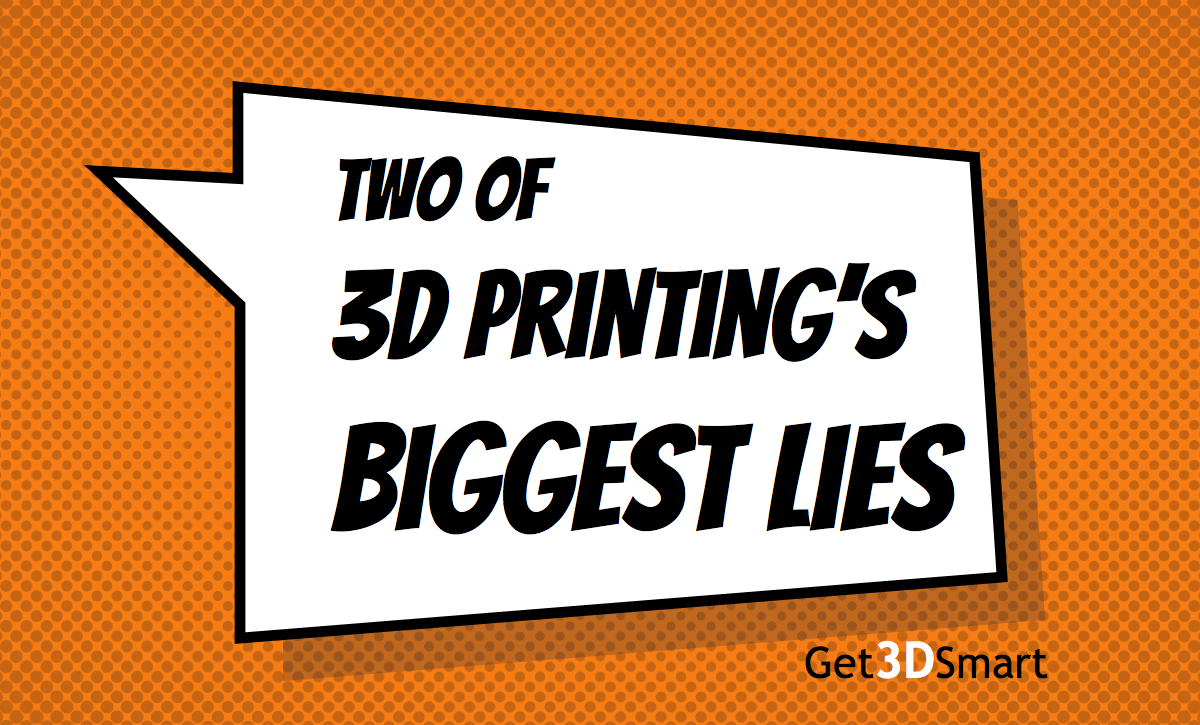People often ask me about the impact of 3D printing on jobs. Will the technology be a job creator or destroyer? The short answer is, it will take more jobs than it makes — and 3D printing is not alone.
Technology will eventually make work obsolete. Our big problems are going to be figuring out how to survive the transition, then figuring out what to do with all that free time.
The singularity
About 10 years ago, inventor, futurist and now Director of Engineering at Google Ray Kurzweil famously embraced the concept of “the singularity” — that moment in time when machine intelligence surpasses our own. Kurzweil predicted the singularity would occur by 2045, and man and machine would become inseparable.
Given the relationship most people have with their smartphones, you could argue it’s already happening.
For most people, the singularity conjures up one of two themes: Some envision a Terminator-like world, where the machines are in control; others have a more utopian vision, where robots do all the work while people enjoy other, more relaxing pursuits.
Both are distinct possibilities; which scenario manifests itself depends on us.
Some of the world’s brightest people, including Bill Gates and Elon Musk, think artificial intelligence has the potential to be very harmful to humanity.
Stephen Hawking definitely falls into the Terminator camp. In a recent letter he wrote,
“it will only be a matter of time” before AI technology reaches a point where it can deploy autonomous weapons capable of “assassinations, destabilizing nations, subduing populations and selectively killing a particular ethnic group.”
Privacy vs. transparency
Who doesn’t want more transparency, right? Life would be a whole lot easier if governments, religions, businesses and others would just be honest. Imagine what we’d learn if the doors to the U.S. Government’s National Archives or the Vatican Library were thrown wide open. A lot more than we know today, that’s for sure.
But secrets exist for a reason. They’re an advantage to the states, sects and other organizations that protect them. For individuals, they’re even more valuable. They allow us to project an image that’s different from who we truly are.
The battle between privacy and transparency wages on. Encryption, net neutrality and other related issues are daily news. But if it’s a war, we’re like double agents — and which side we take depends.
In the age of singularity, does any of that really matter?
Automation
“You can kill it with labor, or you can kill it with technology.” It’s a phrase I’ve uttered so many times in my career, I should print it on the back of my business card.
What most people don’t get, though, is that there is always a break-even point — and I mean a specific number — when it makes more sense to kill it with technology.
In the abstract, everybody gets it. But when the pink slips start flowing, things get personal.
Thousands of jobs were lost as companies migrated from “killing it with labor” to “killing it with technology.” Those who resisted the transition perished. Those that remained were forced to become more productive.
Surviving the transition
Will man and machine battle it out, or will we reach the utopian vision of man unshackled from work? It comes down to how we handle the transition.
The transparency that’s inherent in technology will eventually destroy privacy. Automation will eventually eliminate the need for human labor. There’s a short window of time between then and now. We need a master plan for how we’ll manage the disruption that goes along with it.









